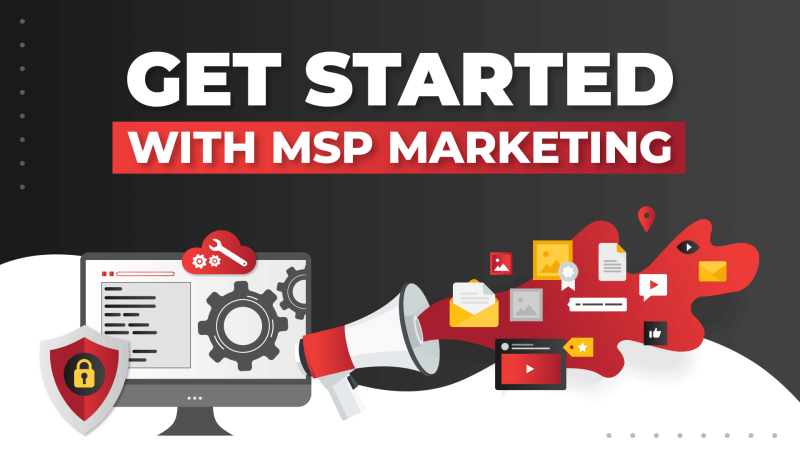
In last week’s blog I explained why you should be using direct mail in your business. Now, a different list: a list of the MOST COMMON MISTAKES I see with direct mail.
Most dabble and sloppily, hastily put their campaigns together – but direct mail is NOT a media you want to be careless about due to the work and costs you’ll put in. Better to invest the time in getting it really, really right and dialed in before you launch.
- Poor Quality, Off-Target List: One of the BIGGEST advantages direct mail has over other media is the ability to laser-target – to decide in advance who we will talk to. With paid or organic search, any type of broadcast media, social media, advertising, etc., you’re hoping your idea prospect is there looking for you. With direct mail, I build the list and I can decide, in advance, who will get the letter.
Therefore, there’s NO EXCUSE for getting this wrong. Every list should be scrubbed to ensure you have an active, valid prospect on the receiving end. Given that privacy in America is dead, this is an easy project for an admin.
- Poor Math: The average response in business-to-business prospecting is .5% to 1%; a really good piece can get 2% to 5%, and extremely well-done campaigns can get higher, but it’s rare. Some look at that and cringe, which I would advise against because it’s only one piece of data in a bigger strategy.
For example, if we send out 500 pieces for a cost of $3,000 all in on the campaign, and “only” get two to three leads and one client, but that client spends $2,000 per month, refers his friends and colleagues and continues to buy additional services, that’s a SOLID return. $2,000 x 36 months is $72,000 plus referrals, plus additional sales. Another common question I get is, “I’m sending out 50 letters a week; is that good?” The answer is, of course, dependent upon your specific goals. Fifty letters a week with phone follow-up would get you approximately two leads a month.
Given that most leads aren’t ready to buy immediately and the average close rate is 25% on leads, it would take two months of sending out this letter to get a client. IF that will fuel your growth goals, then it’s a great idea; but if not, you’ll need to supplement with other marketing strategies or figure out how to send out more campaigns.
- Too Broad A Message: Another common mistake is sending the same letter with no customization, no modification, to everyone. This matters GREATLY in getting a response. So if you are going to target a generic audience, then at least break that audience down into intelligent groups – all medical practices, all CPAs, all attorneys – and then customize the language of the letter and the testimonials to match.
For example, the “Bad Date” letter could, with very little effort, be customized to say, “Dear Beleaguered Practice Manager” and you could change “business” to “medical practice” and “your clients” to “your patients,” etc. Testimonials are then swapped to be from other office managers and a few docs thrown in for good measure. Send THAT and you have a much better chance of getting a response than sending the stock standard letter with no modification.
- No Follow-Up, No Tracking: In my experience, you can double or triple the response of a campaign simply by adding phone and/or e-mail follow-up to the letter. Of course, a BAD telemarketer who is unscripted (or has the wrong script), untrained, unsupervised, can have the opposite effect, so tread carefully there.
And while I’m on the topic, I’m not a fan of outsourcing the phone follow-up. Both my personal experience and the majority of my clients’ experience show that the in-house hired gun is always a more productive option than the outsourced option. Again, I caution you against taking that as “All outsourced telemarketing firms are bad.” I’m sure they are not; however, if you are going to outsource, you must manage their team and their process as tightly as you would your own team, scripting and training them, demanding detailed call reports on who was called, if they were reached and the outcome of that call, spot-checking and monitoring call recordings, etc.
In addition to phone follow-up, you can do e-mail (if you have their e-mail and permission to send it), LinkedIn messages and retargeting with Facebook and other online ads. All of this will support and bolster response.
- No Follow-Through: This is slightly different than the above (follow-up). When you do any type of LEAD GENERATION marketing, you will produce prospects that range on a spectrum from “buyer in heat,” who shows up desperate to do business with you (ACTIVE leads), to leads who only have mild curiosity and interest level. The latter are NOT as worthless as most think – quite the opposite. Yes, they aren’t ready to buy now and may tell you to call them back a few months later, or be totally unresponsive to actually booking an appointment. That doesn’t mean you “trash” them.
Instead, they should stay in your CRM as an unconverted lead where a nurture campaign is implemented. THIS is the foundation of list building – running campaigns to generate leads, qualifying/cleaning those leads and then adding them to your CRM. Over the time I’ve been in business, I’ve built a highly responsive list of over 10,000 LEADS this way. Every six to eight months, we pull a segment out and run them through the Godfather campaign or similar to “activate” them into booking an appointment or buying.
- Insufficient Incentive To Respond (No Offer, Weak Offer) And Weak Copy: These are, of course, important in ANY marketing campaign’s success. Yet I’ll see them missing, again and again, in various marketing campaigns – therefore this list of “mistakes” would be incomplete if I failed to mention them.
A good offer must be SOLD to the prospect, not simply offered. There are very few offers that stand on the merits of simple being “free.” To that end, you cannot just say you are offering a “Free Network Assessment” or “Free Seminar.” You must SELL the prospect on why they need it, why they should want it, which requires STRONG sales copy. The good news is that when you are using direct mail, you’ve got a greater chance of building interest in the offer because of the spatial nature of the campaign, which is NOT easily done online, with so many distractions.
All in all, I deeply believe that every business-to-business marketer MUST incorporate direct mail to be truly successful in maximizing lead generation and penetration into a chosen target market. It has made millions for both me and my clients. If you’re interested in putting this to work for you, but want more guidance, schedule a FREE one-on-one consultation with one of my top advisors today at www.technologymarketingtoolkit.com/consult.







